Marketers work across many sources and disciplines of data. After all, data is truly a space full of possibilities, and partners. As marketers are tasked to lead the charges on big initiatives like first-party customer data management and consumer data privacy, knowing this landscape is paramount. Also knowing data cooperatives, and the role they play, may require even the savviest marketers to dig a bit deeper.
Data coops have grown in popularity with a new crop of digitally native DTC brands, service providers, and other outcome driven marketers thanks to an uncanny ability to predict campaign performance. Despite these predictive superpowers, coops are still shrouded in myth, especially when it comes to hot-button topics like data compliance and privacy.
Alliant has operated a coop for over 20 years—with the robust DataHub serving as a foundational part of our evolving business. As the marketing landscape continues to change, we've heard many common myths from marketers over the years and are eager to share the validity behind each one.
Myth 1: There is inherent privacy risk that comes with contributing data into a cooperative.
This is possibly the top concern voiced today, and for good reason. From new state level legislation to consumer privacy concerns being on the rise, no brand wants to take on unnecessary risk.
While sharing data with a cooperative might feel risky, the truth is that coops actually mitigate risk while providing incredible great value. It’s an opportunity to add a new set of privacy advisors and related safety measures to your data management strategy.
Alliant, for example, employs a Chief Compliance Officer and legal counsel to create systems and processes that provide strict oversight over the management and use of data, including full compliance with the strictest state level regulations. Additionally, DataHub Member data is securely stored in dedicated data marts, with all data feeds encrypted. The data is fully anonymized in the aggregated asset. Alliant invests in the highest level of infrastructure security, reflected in SOC2 Type 2 certifications and factoring into recognition from the IAB Tech Lab for Data Transparency and Neutronian certification.
The biggest benefit of coops may be the access to a highly experienced set of data privacy experts. While some would argue that the long history of premier data compliance is the real draw for members.
Myth 2: Data cooperatives are only for direct mailers.
Direct mail advertisers like catalogs, nonprofits, and publishers were some of the first advertisers to adopt data coops back in the day. After decades of proving value in the partnership, they continue to successfully use coops for direct mail, and many other channels and use cases.
As consumer buying behavior and channels have evolved, so have data coops. Today, the most common type of data coop member is a multichannel marketer that is executing coordinated campaigns across a variety of media channels. These multichannel members also reflect a wide array of verticals such as auto, retail, non-profits, home services and more. The data they contribute includes purchase behaviors from TV, in-store purchase, online, email, and social, along with direct mail data and catalog.
In the case of Alliant, the variety of data ingested into the DataHub also enables omnichannel delivery. The aggregated analytic cooperative powers audiences that can be accessed in leading DSP’s, SSP’s, social platforms and clean rooms, delivering the legendary performance once only available in direct mail, to Connected TV, social, OOH, and programmatic channels.
Today’s data coops make data interoperable across channels. Data cooperatives help their member brands execute targeted campaigns, connecting the dots of performance and measurement across their detailed omnichannel media plans.
Myth 3: I already have a CRM/CDP platform, I don’t need to be in a data coop.
While many new tools have entered the market in the last decade, they don’t provide the same function or value as a data cooperative.
There are many similarities between a data cooperative and a CRM solution, as both tools aggregate and organize data. However, a coop can enhance a data set, while the CRM only stores and sorts the information that the brand owns.
Just as two heads are better than one, several data sets are better than one. Coops aggregate data across hundreds of brands, providing a more detailed look at buying behaviors for your customers – including what your customers buy from other brands. These learnings are often represented as aggregated and anonymized predictors, but they drive incredibly predictive solutions. A CRM is limited to what you can glean from your own data.
That said, this isn’t a strict either/or scenario. There are many integration opportunities between coops and CRM systems or CDPs. For example, brands can pull aggregated predictors and insights from the coop into their CDP to enhance customer profiles, improve the customer journey, or engage with lapsed customers. There’s also an opportunity to connect audiences deployed from the coop back to a CDP for measurement and attribution. We encourage you to explore whether a coop or a CDP platform is a better fit for your brand here.
Myth 4: I am already a member of one coop – I don’t need another.
There are plenty of marketers who believe in the power of data cooperatives and have seen the benefits up close–but may think that one is enough. This is perhaps the most limiting myth around coops, because participating in only one cooperative is really just the beginning when it comes to unlocking deep insights.
In 2021, the Winterberry Group advised that the “greatest benefit from the cooperative model” comes when brands participate in two or three coops, in order to gain the benefits of a “diverse set of marketers.” With each data coop being unique due to a proprietary approach along with different contributing members data, this results in an output of exclusive insights and outputs for members.
Sometimes, concerns over using multiple coops comes down to resources. Sending a data feed to three different destinations carries related data management costs. On top of that, it takes time to make sure that each data coop understands your data and integrates it correctly. Even with these hurdles, coops should shoulder most of the lift, ensuring that brand partners feel the benefit, rather than an additional burden.
Hopefully we’ve addressed some of your questions and concerns about using data coops and put them squarely on your roadmap for this year. Once moving past these common myths, the tremendous benefits for marketers come directly to the forefront. If you have any questions, reach out to the Alliant team today. We love talking about data cooperatives!







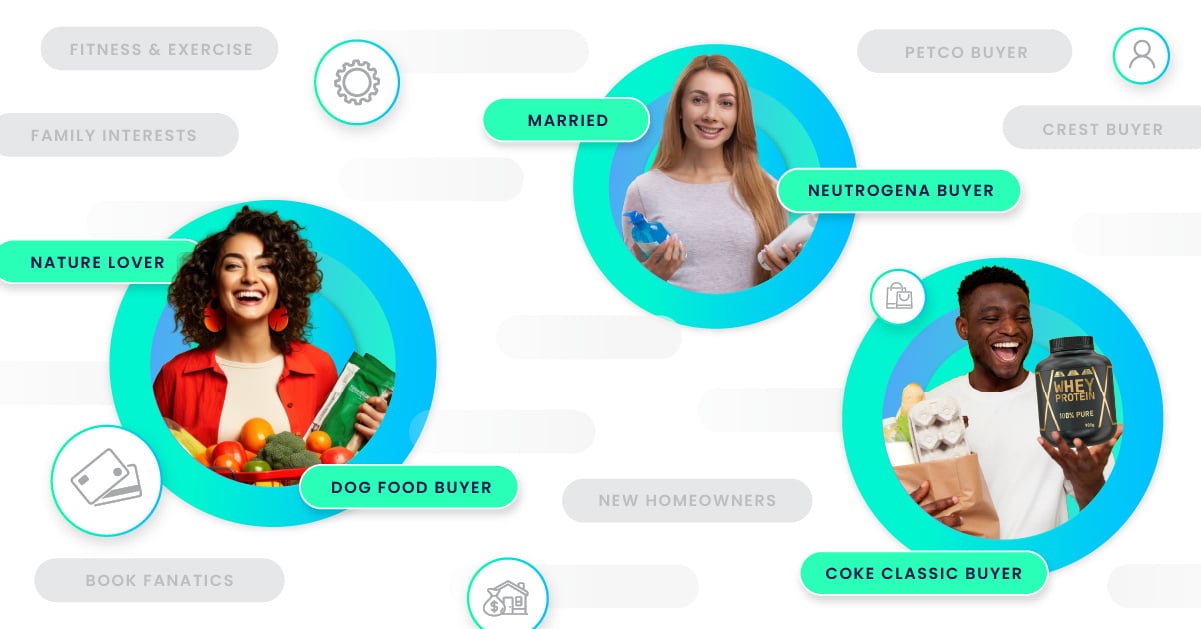







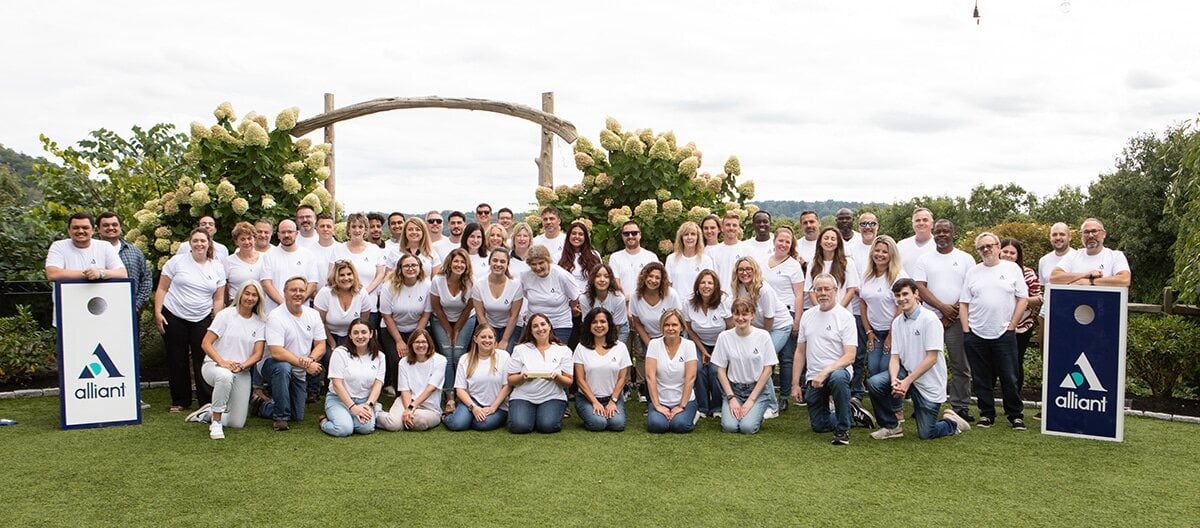



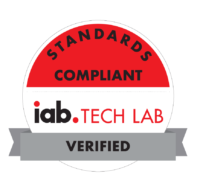
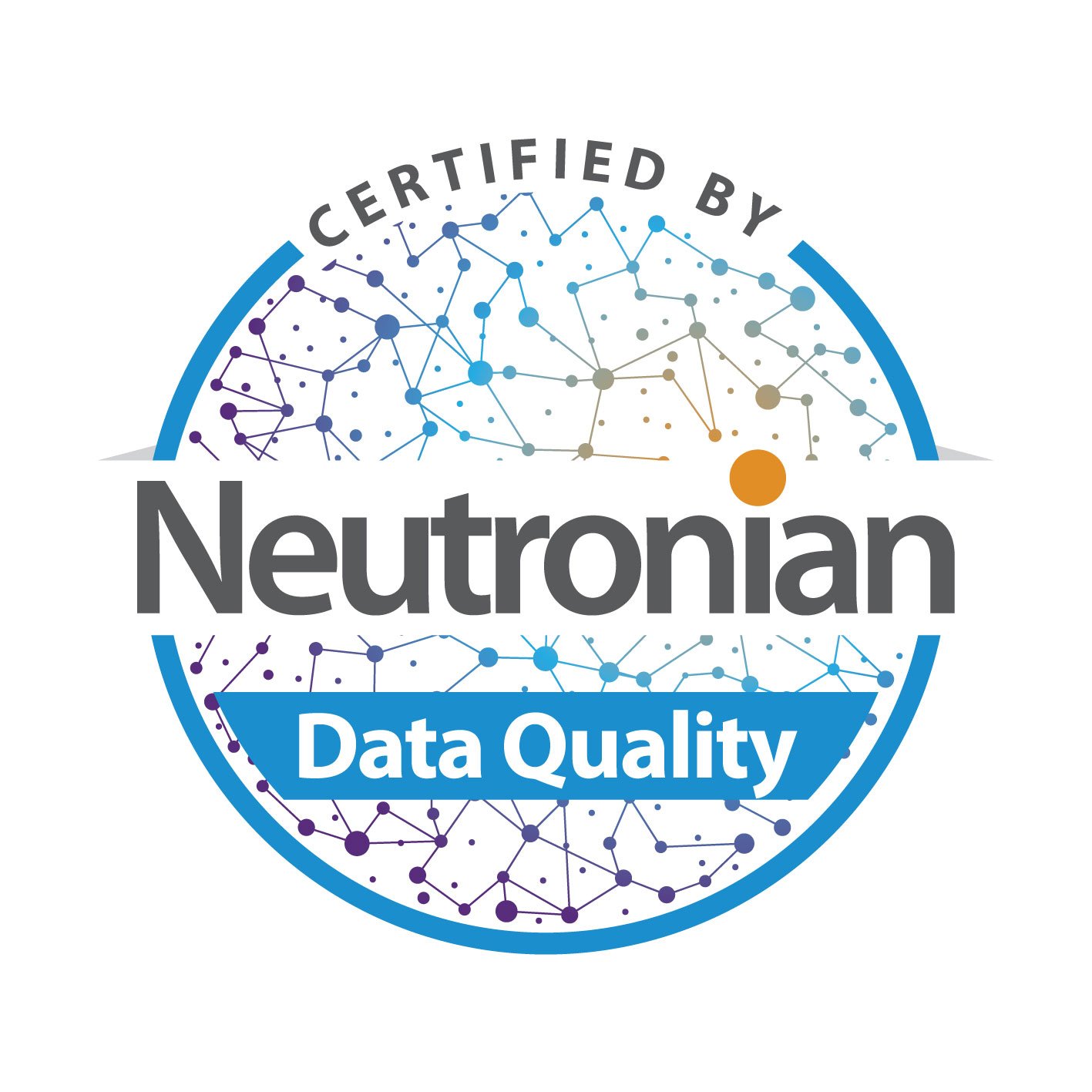
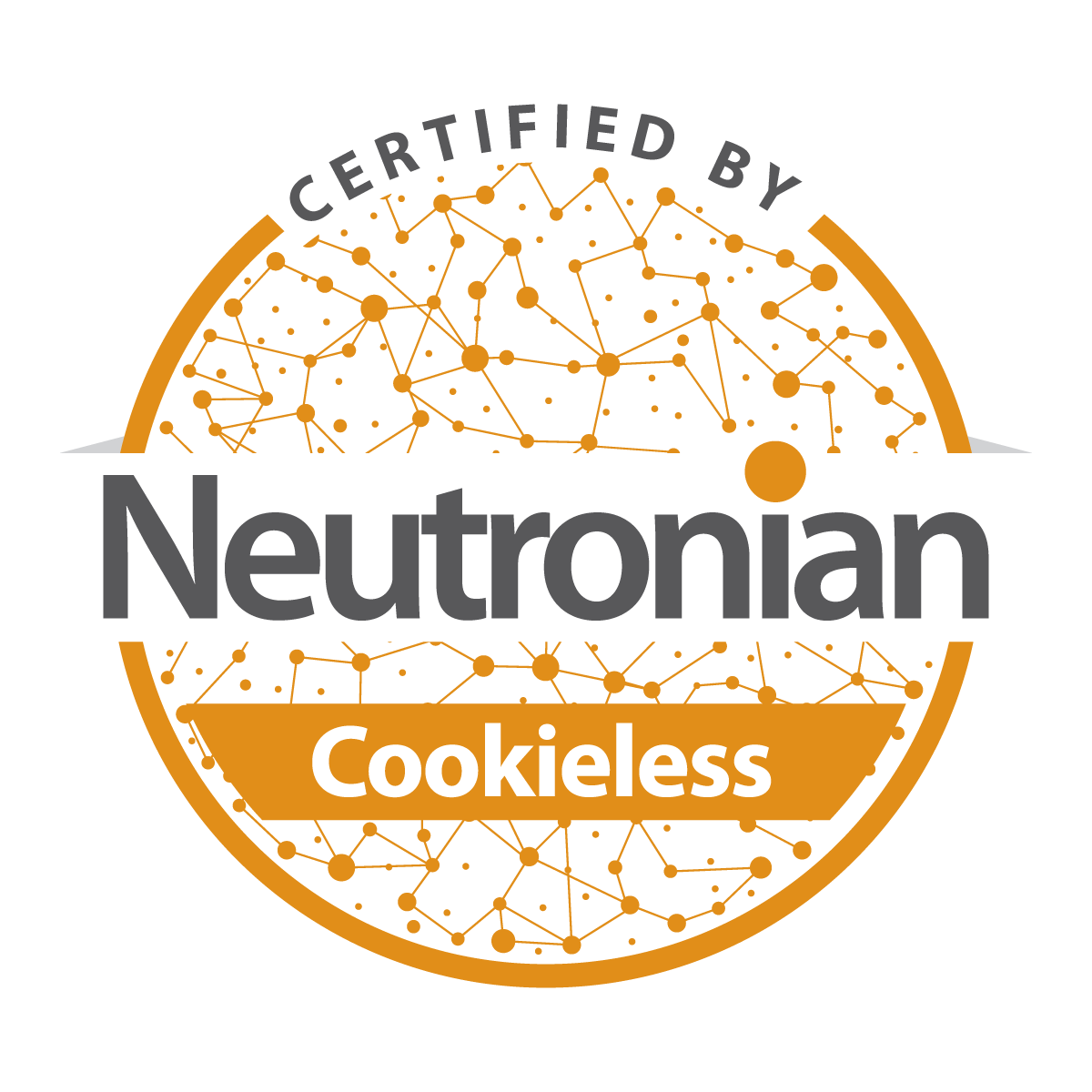
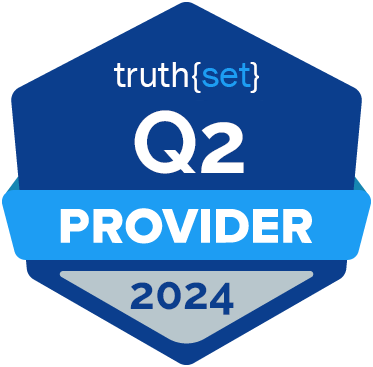
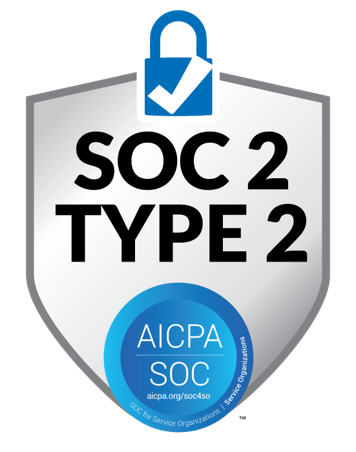




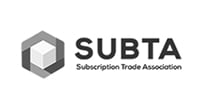
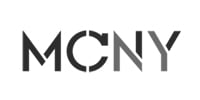
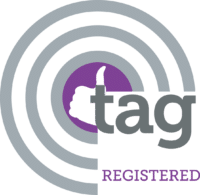
Submit a Comment